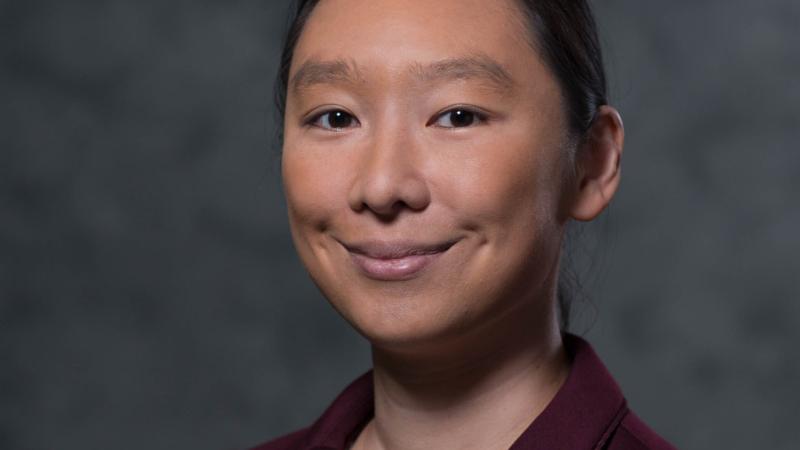Research into key molecule could lay groundwork for more effective therapies
April 28, 2020

TROY, N.Y. — Osteoarthritis is the most common type of arthritis, affecting more than 32.5 million adults in the United States. The key to preventing or even reversing its painful and debilitating effects may be uncovered through a better understanding of the biomechanics that influence a specific molecular component that is central to the body’s joints.
The molecule, known as hyaluronan, is found in tissues and organs throughout the human body. It carries out multiple mechanical and biological functions including structural support and lubrication in, for example, the knee or the elbow.
Deva Chan, an assistant professor of biomedical engineering at Rensselaer Polytechnic Institute, is leading a team that will study the role that biomechanics plays in the production and function of hyaluronan in an effort to learn more about the factors that affect joint health and osteoarthritis. This research is being supported by a National Science Foundation Faculty Early Career Development (CAREER) Program Award.
The team will focus primarily on the synovial cells that make up the lining of the joints and the cells that make up the cartilage that lines the bones. Both types of cells produce hyaluronan, but for different functions. For example, the type of hyaluronan produced within synovial sites helps to lubricate the joints, while in the cartilage the hyaluronan acts as a scaffolding to support joint compression in order to prevent friction.
These mechanical functions of hyaluronan, Chan said, are well understood. However, its roles and interactions with other molecules are complex. Hyaluronan’s mechanical and biological functions depend on factors such as the size of the molecule that is produced or the types of molecules and cells it interacts with.
Today, researchers don’t fully understand how changes in mechanical stimuli to tissues can result in shifts in the size or amount of hyaluronan produced by different cell types. The team will study those specific effects in the lab.
“We will look at how those cells change behavior when we apply mechanical stimuli,” said Chan, who is also a member of the Center for Biotechnology and Interdisciplinary Studies.
This novel engineering approach will lay an important foundation for future research into treatments that are much more effective and long-lasting.
“This research will lay the groundwork as we try to figure out what the current pathway is for physical forces to end up causing increases or decreases in hyaluronan that is produced,” Chan said. “Then, we can predict and intervene in order to enhance the ability for the tissues to repair on their own or enhance their production of hyaluronan so that joint lubrication is preserved.”
“Professor Chan’s research highlights how work at the engineering-biology interface is leading to new discoveries and potential solutions to human health challenges. I congratulate Prof. Chan for winning the NSF CAREER award, which is a great recognition of the importance and the potential of her research,” said Shekhar Garde, the dean of the School of Engineering at Rensselaer.
This research will also be incorporated into efforts by the RPI Engineering Ambassadors to engage middle and high school students and generate interest in scientific and technological pursuits.